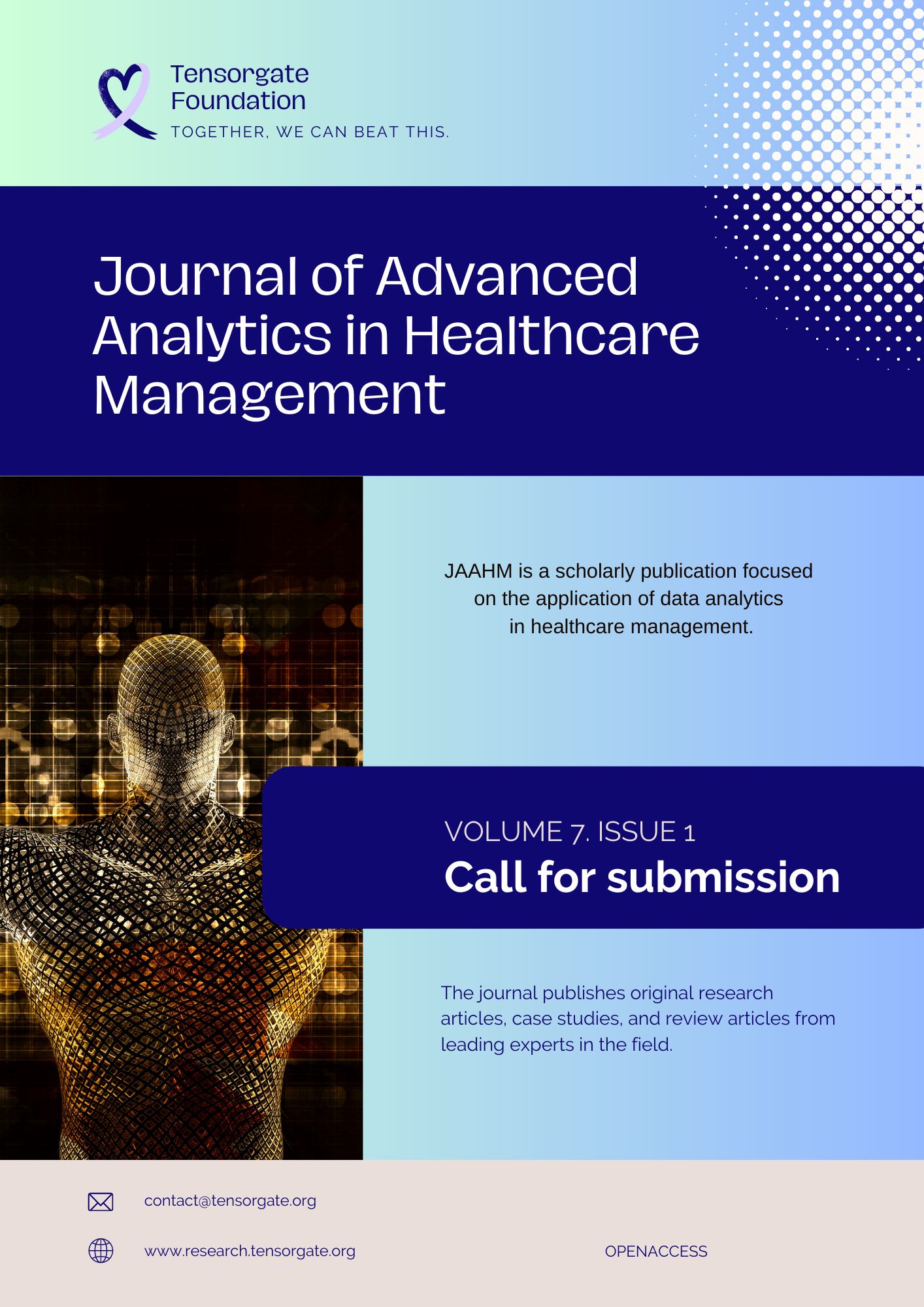Automated Signal Detection and Prioritization in FAERS Data using Machine Learning Algorithms for Pharmacovigilance
Keywords:
Automated Signal Detection, Prioritization, Pharmacovigilance, Machine Learning, FAERS, Adverse Event ReportingAbstract
Automated signal detection and prioritization play a critical role in pharmacovigilance for identifying potential safety concerns associated with drugs and medical products. This study explores the application of machine learning algorithms to enhance the process using data from the FDA Adverse Event Reporting System (FAERS). The FAERS database provides a wealth of information regarding adverse events reported in association with various drugs. Leveraging machine learning techniques, we present an overview of a comprehensive approach for automated signal detection and prioritization in FAERS data.The study encompasses several key stages. The FAERS data is subjected to preprocessing to clean, normalize, and transform the raw data into a suitable format for analysis. This involves handling missing values, standardizing drug names, and encoding categorical variables. Subsequently, relevant features are extracted from the preprocessed data using feature engineering techniques. These features encompass drug names, adverse event types, patient demographics, concomitant medications, and other pertinent information.A variety of machine learning algorithms, including logistic regression, decision trees, random forests, support vector machines (SVM), and gradient boosting methods like XGBoost or LightGBM, are applied to build predictive models for signal detection. The algorithm selection depends on the specific problem and available data. The chosen model is trained on a labeled dataset, where adverse event reports are categorized as either signal or non-signal. The training dataset can be generated using known signals from literature or expert opinions. Subsequently, the model is evaluated on a separate validation dataset to assess its performance and make necessary adjustments.Once the model is trained and validated, it can predict the likelihood of a signal for new adverse event reports. Each report is assigned a probability or score indicating the strength of the signal. Reports with higher scores are identified as potential signals requiring further investigation. To prioritize these signals, additional criteria such as the number of reports, severity of adverse events, or drug novelty can be incorporated. This ranking facilitates the identification of critical signals that demand immediate attention.It is essential to highlight that machine learning algorithms should be considered as tools that augment domain expertise and human review rather than substitutes. They assist pharmacovigilance experts in prioritizing potential signals and reducing the manual workload. The results generated by the models should be carefully reviewed and interpreted by human experts before making regulatory decisions or taking further actions.The specific implementation details and performance of machine learning algorithms may vary depending on the dataset, problem formulation, and the choice of features and models. Therefore, comprehensive evaluations and validations are necessary to ensure the reliability and effectiveness of the automated signal detection and prioritization system for FAERS data.Continuous monitoring is crucial, necessitating regular automated signal detection and prioritization as new FAERS data becomes available. This approach ensures the timely identification and resolution of emerging safety signals.

